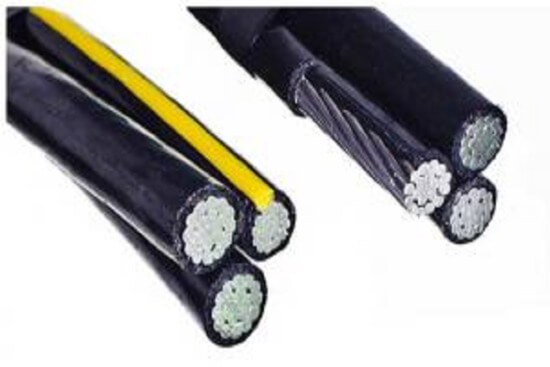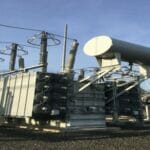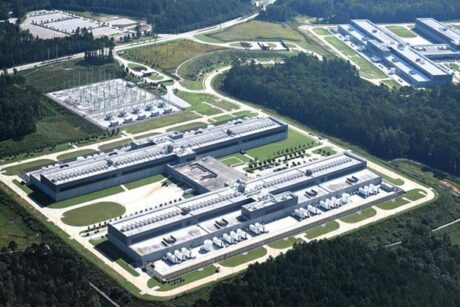- Course No.: E – 1664
- PDH Units: 3
No data found for Custom Course Number
No data found for Custom Course Units
- Course No.: E – 1664
- PDH Units: 3
Intended Audience: Electrical and general engineers
PDH UNITS: 3
Cable ampacity studies calculate the current-carrying capacity (ampacity) of power cables in underground or above ground installations. This ampacity is determined by the maximum allowable conductor temperature. In turn, this temperature is dependent on the losses in the cable, both I2R and dielectric, and thermal coupling between heat-producing components and ambient temperature. The ampacity calculations are extremely complex. This is due to many considerations, some examples of which are heat transfer through the cable insulation and sheath, and, in the case of underground installations, heat transfer to duct or soil as well as from duct bank to soil. Other considerations include the effects of losses caused by proximity and skin effects. In addition, depending on the installation, the cable-shielding system may introduce additional losses. The analysis involves the application of thermal equivalents of Ohm’s and Kirchoff’s laws to a thermal circuit. Learning Objectives This course teaches the following specific knowledge and skills:
- Heat flow process in underground cables
- Adjustments factors that affect cable current carrying capacities (ambient, thermal resistivity, grouping etc.)
- Calculation of permissible short circuit currents (adiabatic and non-adiabatic)
- Calculation of permissible voltage drop
- Effects of installation methods
- Computer solutions
- Practical examples
Once completed, your order and certificate of completion will be available in your profile when you’re logged in to the site.









